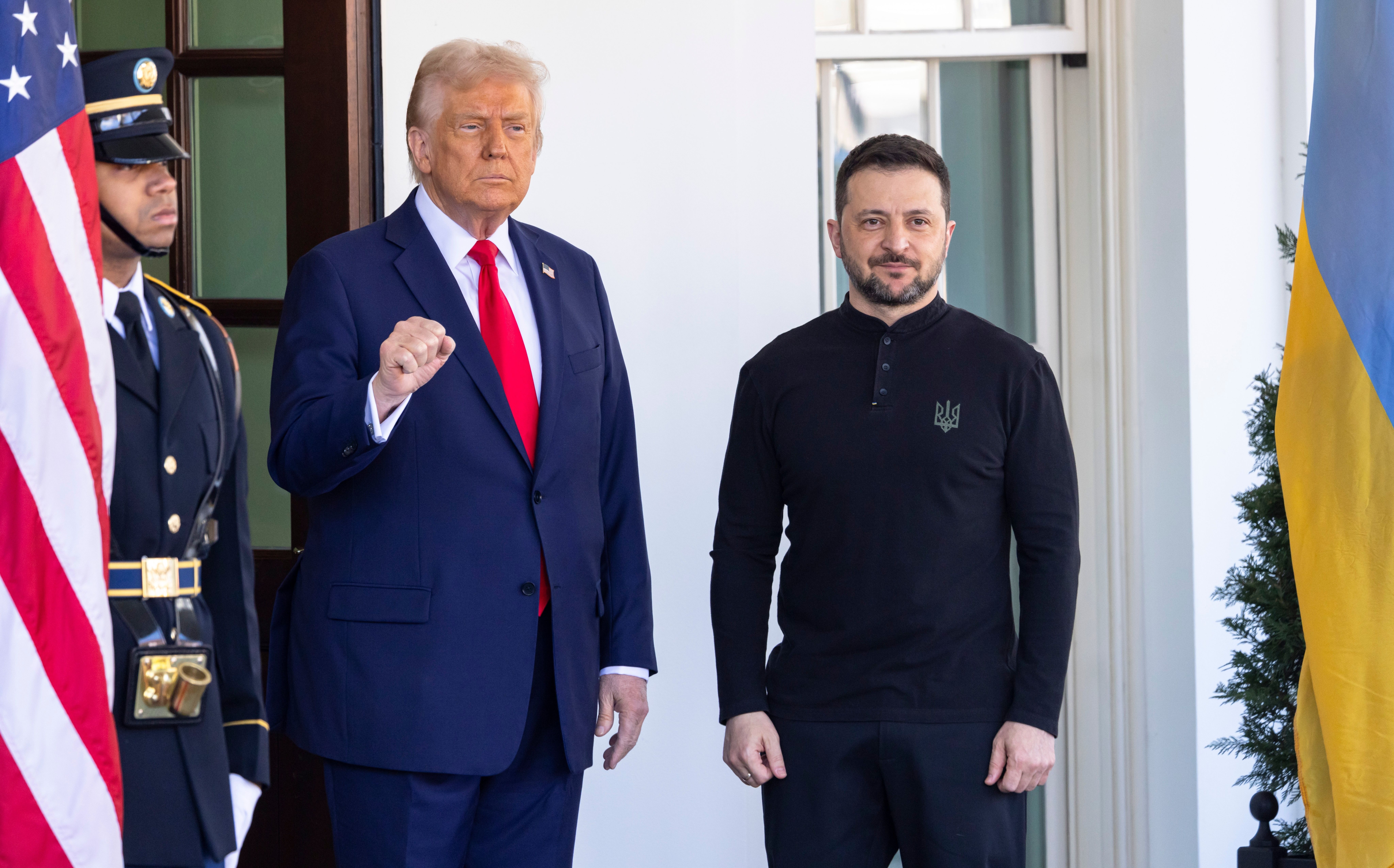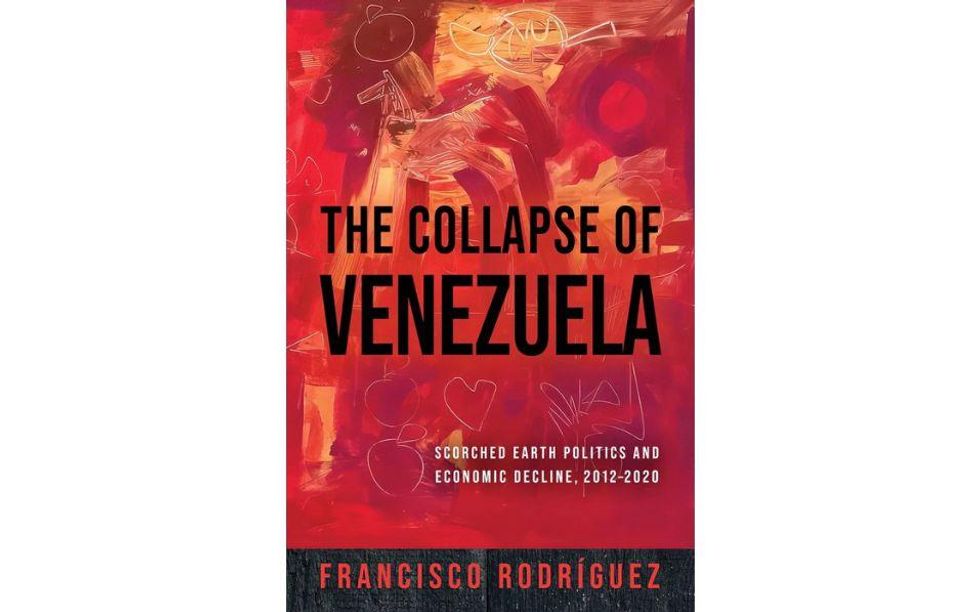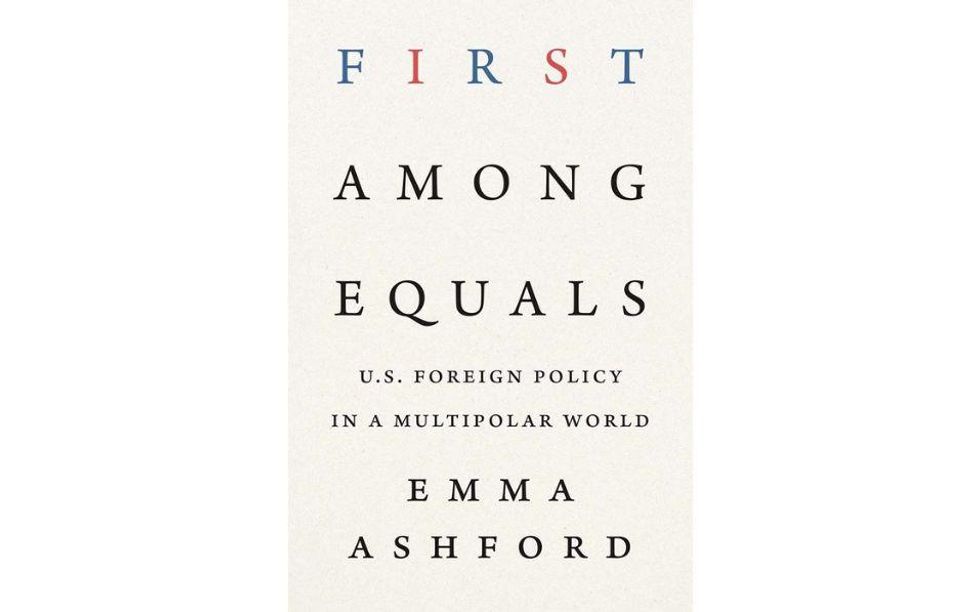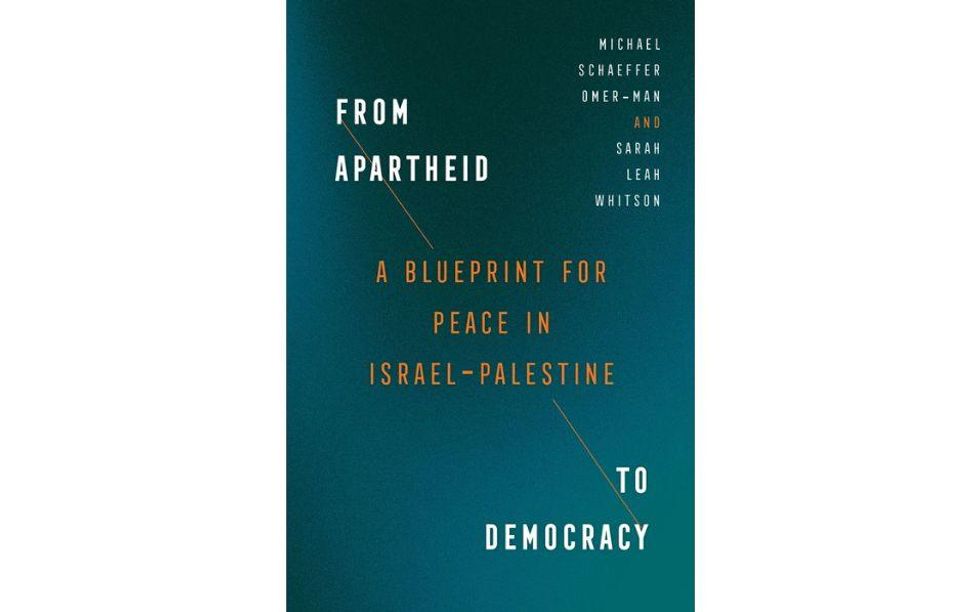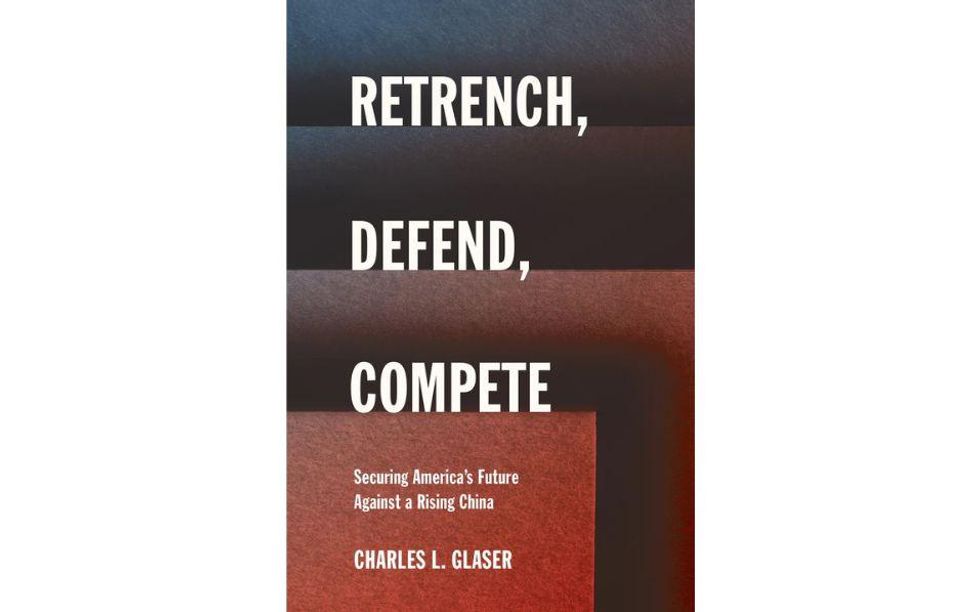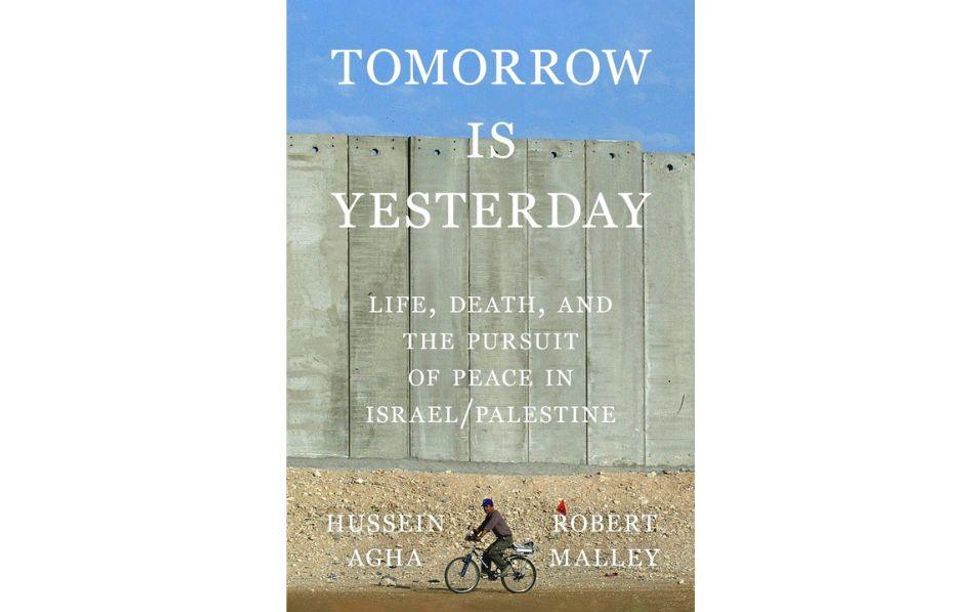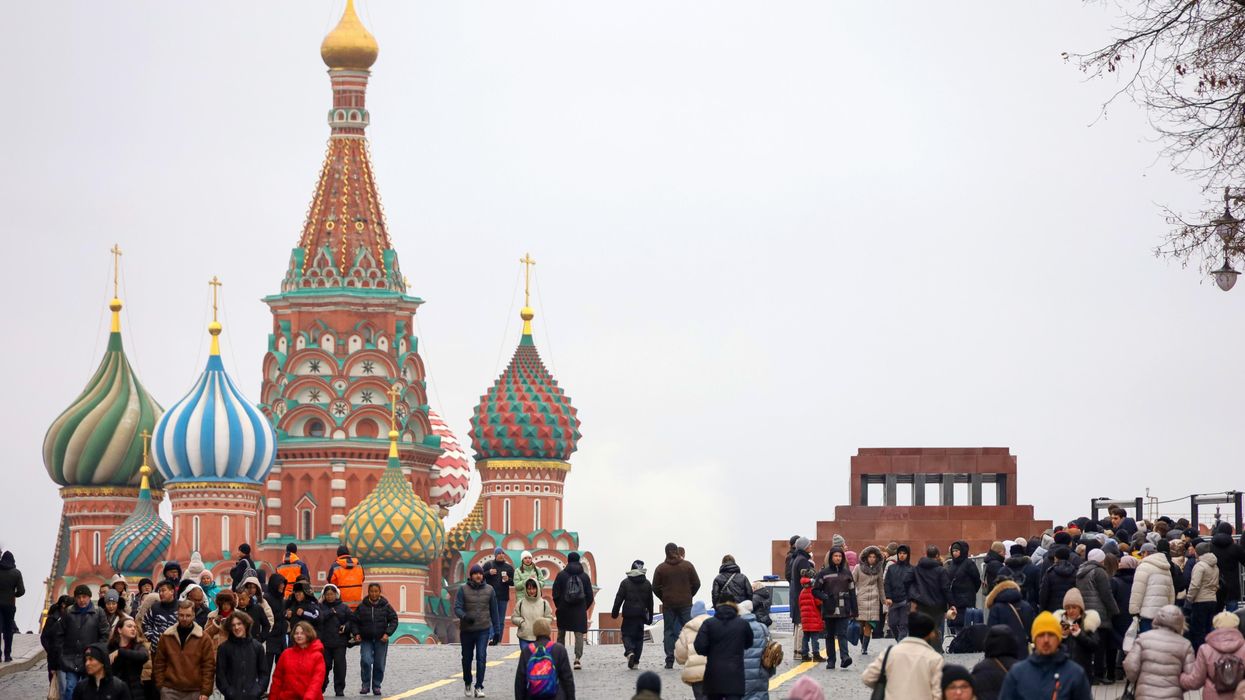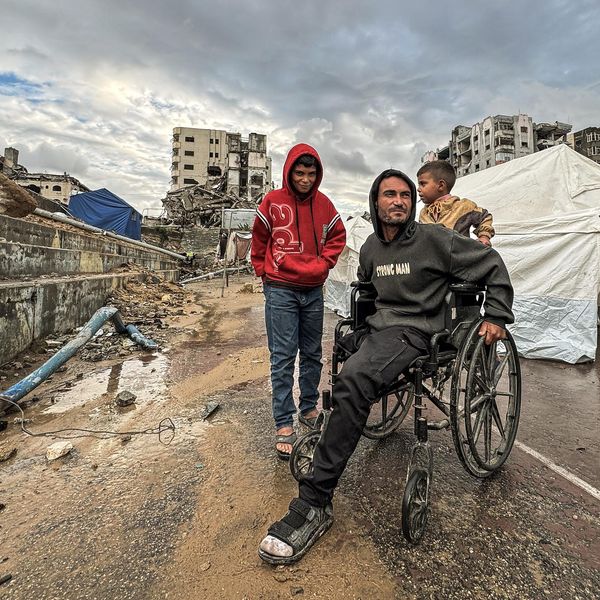President Donald Trump has announced he will meet with Russian President Vladimir Putin in Alaska next week to discuss ending the war in Ukraine. As of this writing there are early reports that a framework deal is shaping up that would begin with Ukraine ceding territory in the Donbas to Russia, even land it now partially controls.
Trump deserves great credit for acting to advance the end of the war. If reports today are true he has abandoned the sanctions he threatened and is still determined to seek a compromise “deal” required to end the war in Ukraine -- which has been stalemated for nearly three years and is likely to remain so for the foreseeable future.
The problem is, so far, his administration has been proceeding in an ad hoc, improvised fashion, seemingly ignoring the modern history of successful U.S.-supported mediation of violent conflicts.
Beginning in February, the president and his aides proposed a month-long cease-fire. Yet enduring suspensions of hostilities are generally a result of, rather than a precondition for, peace negotiations. Recent examples include Bosnia, Democratic Republic of the Congo, Mozambique, Northern Ireland, and Sudan.
Trump later appeared to back off when Russian President Vladimir Putin, whose forces are on the move, posed stiff political conditions. U.S. officials have met separately with the Ukrainian and Russian leaders, spurning potentially useful collaboration with affected countries in Europe and the Global South.
Confronting the adversaries’ diametrically opposed peace plans, the administration prematurely offered its own one-page proposal and pushed three unaccompanied, unproductive meetings between Russian and Ukrainian officials — all to little or no avail.
Venting his frustration, Trump has swung from threatening to abandon his peace initiative, to pausing military and intelligence aid to Ukraine, to restoring that assistance, promising new, largely defensive weapons, and threatening 100% tariffs on countries doing business with Russia unless Putin agrees to an undefined “deal” within an unrealistic 10-12 days. As that deadline came and went, Trump is heralding his upcoming one-on-one with Putin. But Secretary of State Marco Rubio cautions that the president’s most important role will be to “come in at the end [of a negotiation] and close on it.” Yet, as of today, no negotiation process has been established.
The overall impression is one of an ill-thought out, pell-mell initiative that has a good chance of failing.
It doesn’t have to be this way. Whether because of Trump’s inexperience with peacemaking and impatience or State Department amnesia, the administration is failing to apply lessons in peacemaking bequeathed by four past presidents. As numerous scholars have detailed, under Ronald Reagan, George H. W. Bush, Bill Clinton and George W. Bush the U.S. successfully promoted a dozen, enduring mediated settlements of complex, bitter internal and interstate conflicts in Bosnia, Burundi, Cambodia, Democratic Republic of the Congo, El Salvador, Ethiopia-Eritrea, Guatemala, Nicaragua, Mozambique, Namibia-Angola, Northern Ireland, and Sudan. Three of these wars — in Democratic Republic of the Congo, Mozambique, and Sudan — killed more people than the up to 350,000 estimated to have died so far in Ukraine.
In every one of these cases, there was initial uncertainty — as there has been in Ukraine — that one or more parties were really ready to negotiate an end to the conflict. Yet that did not deter the peacemakers. In each instance, success was eventually achieved following the formal establishment of a unique peace-making structure (or series of structures) led by a relatively neutral third-party mediator deploying professional skills. The latter could be a regional organization, a United Nations body, one or more governments, even a non-governmental organization.
A rich literature, including many first person accounts, describes how the mediators nurtured peace agreements in conflicts that were either “ripe for resolution” — meaning the parties appeared to perceive they could not win, and the costs of continuing the war were higher than those of a potential settlement — or needed further ripening as circumstances on the ground became clearer.
What did these mediators actually do? They regularly summoned the combatants to participate in direct negotiations or “proximity talks,” listened carefully to their concerns, explicated their differences to the parties, and worked to find an even-handed middle ground. They determined how to incorporate the combatants’ sponsors and other important countries and regional groups into the discussions as “friends” of the undertaking. They arranged technical assistance to implement agreed peace plans. By gradually developing a degree of political and personal trust among the participants, they reduced their fears and gave them a sense of joint ownership of a political dialogue.
They also built an architecture for achieving consensus: ordering meeting agendas, setting target dates for decisions, determining at what point to bring up a cease-fire and when to insist that the parties accept their recommended compromise or be blamed for the collapse of the entire effort.
As the process moved forward, the mediators and their “friends” utilized various forms of leverage on the adversaries. Most often, these carrots and sticks involved economic and military resources (including the provision of neutral international peacekeepers). These incentives and threats were particularly effective because they were wielded in the context of ongoing political negotiations where the participants and their state sponsors were beginning to at least grasp the possibility of a satisfactory political alternative to continued fighting. In the absence of such talks, “tough” unilateral measures — such as the additional sanctions proposed by President Trump against Russia and its trading partners — are likely to be less impactful.
Notwithstanding this impressive diplomatic record of replacing violent conflict in sensitive regions with sustainable political arrangements, there is no guarantee that mediation will work in Ukraine. For example, it ultimately failed to achieve peace in Rwanda, Angola, and Syria. But this was largely due to flaws in the settlements or weaknesses in international cooperation or enforcement. A further caution: the negotiation process takes time, usually as at least two years, although cease-fires may be achieved well before then. Yet, this is the best model we have for treating such conflicts.
The Trump administration should move beyond its current ad hoc approach to securing a “deal” on Ukraine. Its priority should be to bring the conflict under a structured mediation led by the U.S., accompanied by key European actors and the Global South (including interested countries like Brazil, India, China, Turkey, Saudi Arabia, Qatar, and United Arab Emirates). Convening the combatants should not be difficult as they have met with each other several times during the course of the war.
If he could only draw some lessons from recent American history, Donald Trump might earn himself a shot at winning his coveted Nobel Peace Prize.
- With Putin, Trump's 'art of the deal' is put the the test ›
- Trump is squeezing himself with his own Russia deadline ›
- How Trump's 50-day deadline threat against Putin will backfire ›
- Trouble in Russian economy means Putin really needs Alaska talks too | Responsible Statecraft ›

